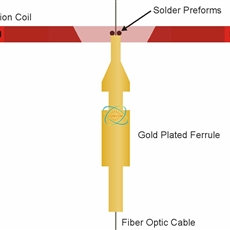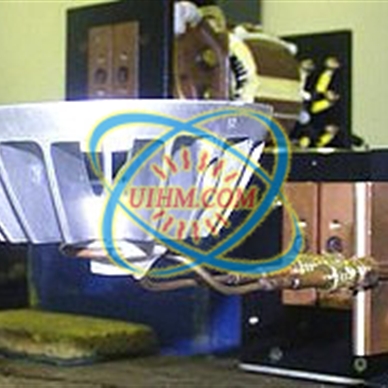Induction soldering uses induction heating by high-frequency AC current in a surrounding copper coil. This induces currents in the part being soldered, which generates heat because of the higher resistance of a joint versus its surrounding metal (resistive heating).
These copper coils can be shaped to fit the joint more precisely. A filler metal (solder) is placed between the facing surfaces, and this solder melts at a fairly low temperature.
Fluxes are commonly used in induction soldering. This technique is particularly suited to continuously soldering, in which case these coils wrap around a cylinder or a pipe that needs to be soldered.
Some metals are easier to solder than others. Copper, silver, and gold are easy. Iron, mild steel and nickel are next in difficulty. Because of their thin, strong oxide films, stainless steel and aluminium are even more difficult to solder. Titanium, magnesium, cast irons, some high-carbon steels, ceramics, and graphite can be soldered but it involves a process similar to joining carbides: they are first plated with a suitable metallic element that induces interfacial bonding.
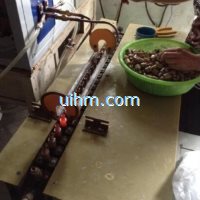
auto HF induction soldering for check valves, couplings, distributors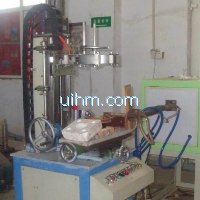
induction soldering for steel pan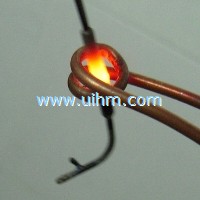
ultra-high frequency induction heating glasses flames
Induction Tin Soldering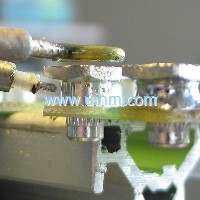
Induction Tin Soldering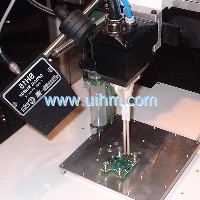
Induction Tin Soldering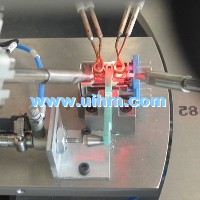
Induction Tin Soldering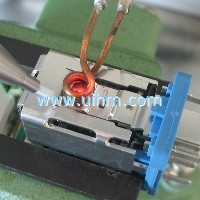
Induction Tin Soldering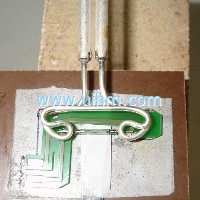
Induction Tin Soldering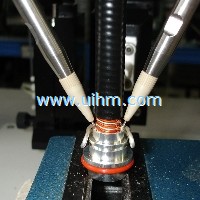
Induction Tin Soldering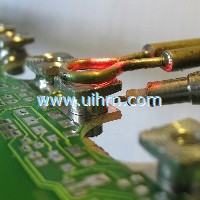
Induction Tin Soldering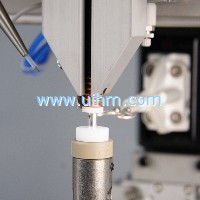
Induction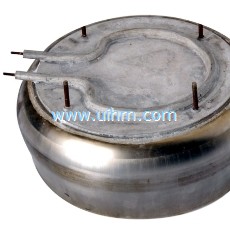
induction braze soldering machine application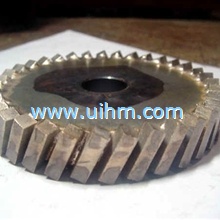
induction heating for Sgmented wheel
induction heating saw teeth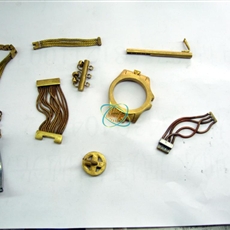
Induction Silver Soldering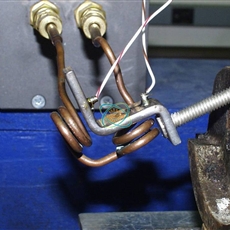
Induction Soldering copper wires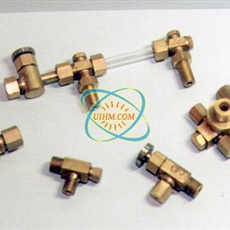
Induction Silver soldering with induction heating
 auto HF induction soldering for check valves, couplings, distributors Type:
auto HF induction soldering for check valves, couplings, distributors Type:
Class: Induction SolderingIntro: auto HF induction soldering for check valves, couplings, distributors (1)auto HF induction soldering for check valves, couplings, distributors (2)auto HF induction soldering for check valves, couplings, distributors (3)auto HF induction soldering for chec
 induction soldering for steel pan Type:
induction soldering for steel pan Type:
Class: Induction SolderingIntro: induction soldering for steel pan
 ultra-high frequency induction heating glasses flames Type:
ultra-high frequency induction heating glasses flames Type:
Class: Induction SolderingIntro: ultra-high frequency induction heating glasses flamesultra-high frequency induction heating glasses flame-1ultra-high frequency induction heating glasses flame

